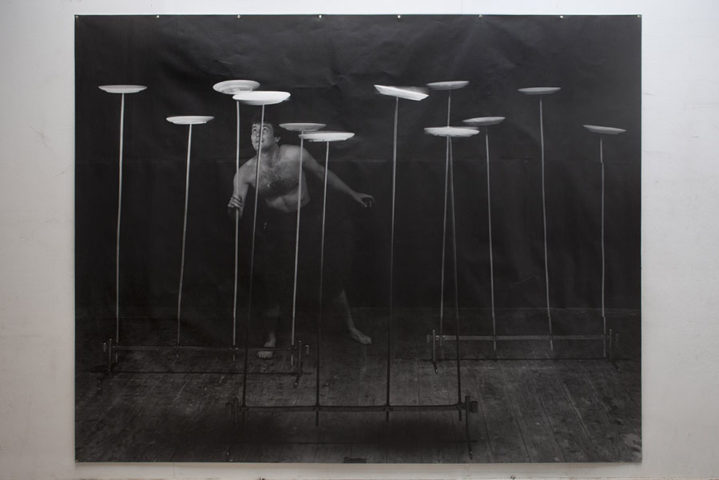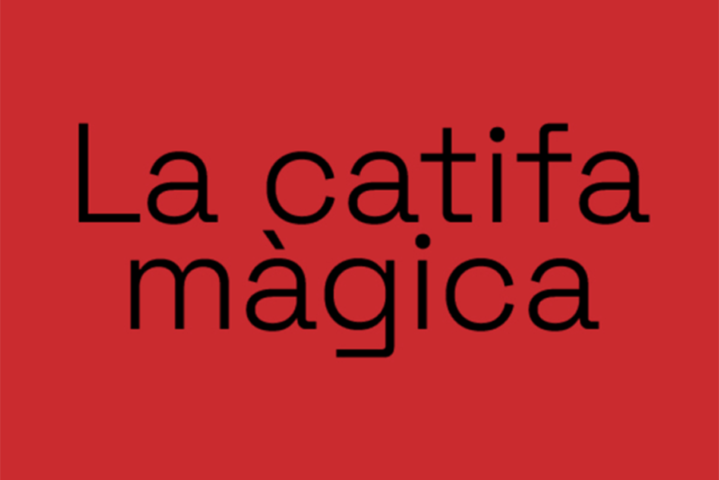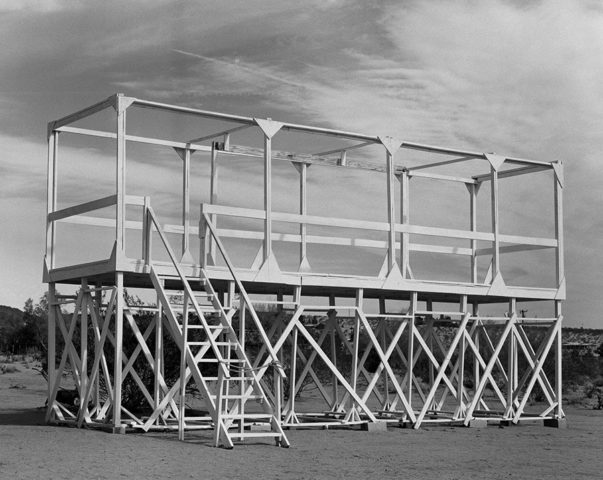Galeria Joan Prats is pleased to present at Paris Photo 2022 fair, on Booth F05, the works by:
Cabello/Carceller (Paris 1963/Madrid 1964). Their work is set in a territory where they question, reflect or fracture the roles and stereotypes associated to gender. In their works, masculine or feminine roles are revised. We will show an iconic work from this artistic duo: Archive: Drag Models (2007-ongoing) long-term project that highlights film scenes where male characters question the collective imaginary.
Hannah Collins (UK, 1956) is known for her work in expanding the fields of photography and film. Her works are embedded in historical and social frameworks. Already shown in our Paris Photo booth in 2017 and 2018, we will present this time a b/w vintage print from the late eighties, as well as two photographs related to the Egyptian architect Hassan Fathy.
Carles Congost (Spain, 1970) has always incorporated to his work, theatrical stagings that question the mechanisms and stereotypes of Subculture, Pop icons, music and the art world itself. We will show Mambo belonging to the artist’s latest project, a series of four large-format photographs entitled Boys on Memphis (2022). They present us with a trio of models carrying out simple stagings inside a set whose aesthetics recall both the Memphis Group and Art Deco and Pop Art of the sixties.




